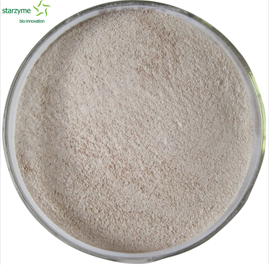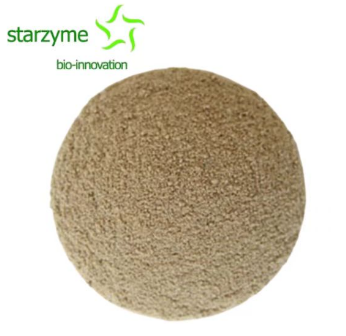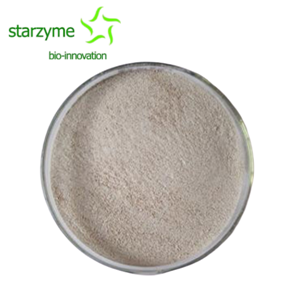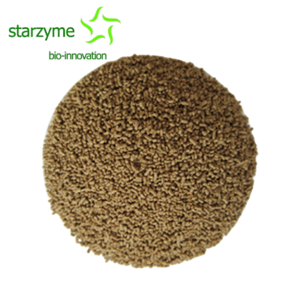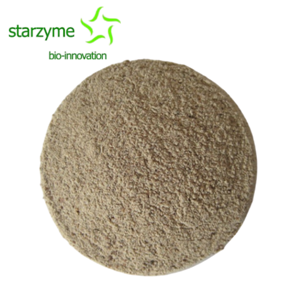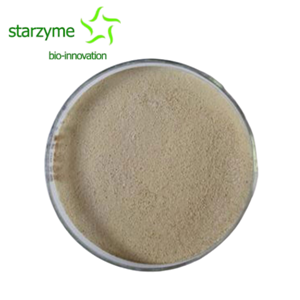Similarities & Differences Between Bacillus subtilis and Bacillus licheniformis
Appearance:
The Role in Agriculture
The main function of Bacillus subtilis in agriculture is to increase crop stress resistance and nitrogen fixation, while Bacillus licheniformis is mainly used for disease resistance and killing harmful bacteria.
Growth Characteristics
Bacillus subtilis grows faster and has a shorter cultivation time, while Bacillus licheniformis grows slower and has a longer cultivation time.
Enzyme Production
Bacillus subtilis mainly produces amylase and cellulase. Meanwhile, Bacillus licheniformis mainly produces protease.
Inhibitive Characteristics
Bacillus subtilis produces various active substances during its growth process, such as Bacillus subtilis, polymyxin, etc., which have a significant inhibitory effect on pathogenic bacteria.
Meanwhile, Bacillus licheniformis can produce various antibacterial substances and has a good inhibitory effect on plant pathogens.
Morphological Features
The cell diameter of Bacillus subtilis is generally 0.5-1.0 micrometers, with a length of 2-4 micrometers and a straight rod-shaped shape.
For Bacillus licheniformis, the cell diameter is generally 0.5-0.8 microns, with a length of 2-5 microns, and it is in the shape of a straight or curved rod.
Physiological and Metabolic Characteristics
Bacillus subtilis can utilize various organic substances as carbon sources, including glucose, maltose, fructose, etc.
On the other hand, Bacillus licheniformis mainly uses starch as a carbon source and has strong abilities to produce proteases and cellulases.
Ecological Environment
Bacillus subtilis is widely present in soil and water, and can also be cultivated and utilized through human means.
Meanwhile, Bacillus licheniformis is mainly distributed in environments such as soil, animal intestines, and human skin.

